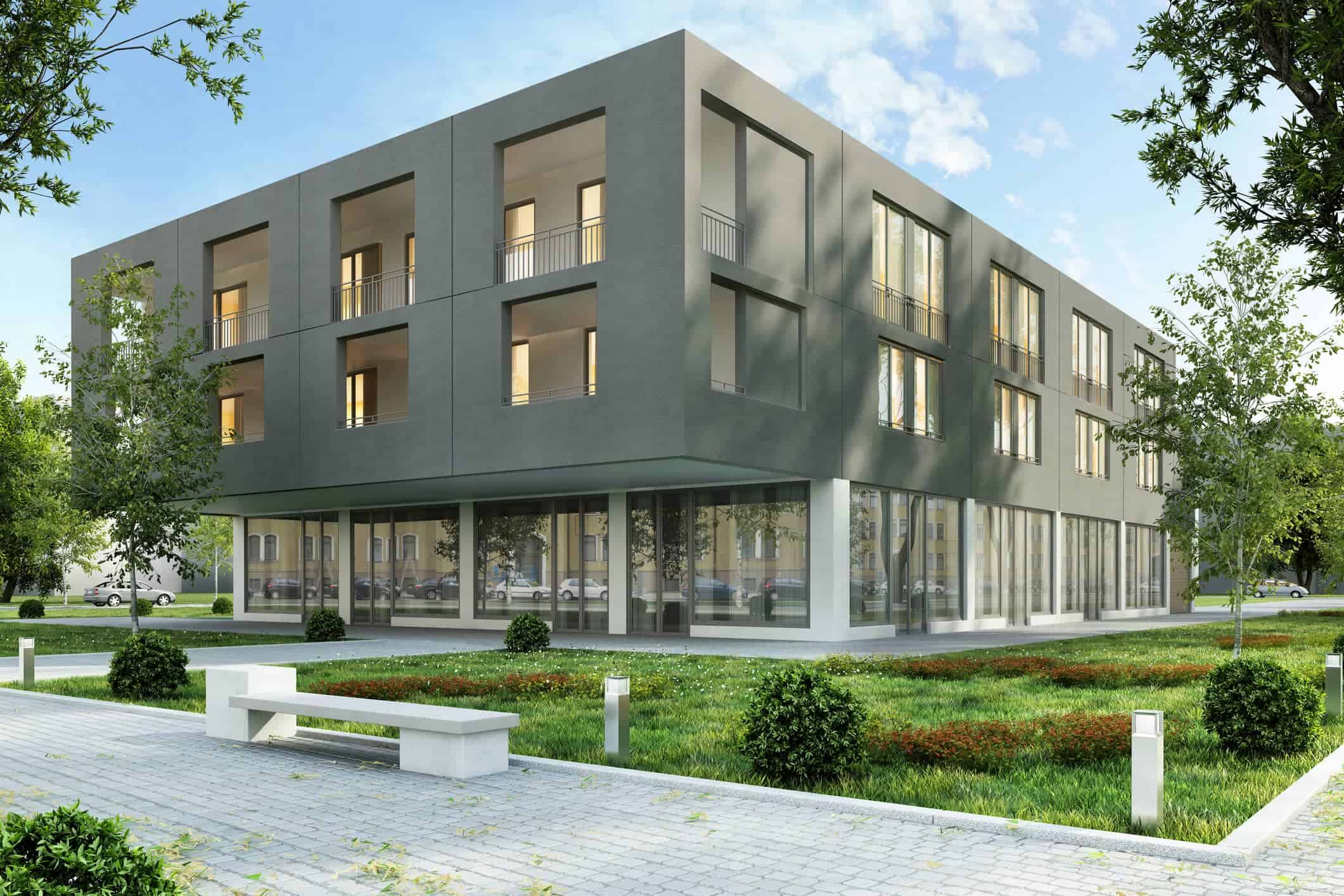Onsite Managers and Community Building
The role of an onsite manager goes beyond the administrative and operational aspects of property management. One of the most critical and impactful functions they serve is fostering a sense of community among residents. Community building not only enhances the quality of life for residents but also contributes to higher tenant satisfaction, improved retention rates, and increased property values. This article delves into the various dimensions of community building, the role of onsite managers, strategies for fostering a vibrant community, and the benefits of a strong community for both residents and property owners.
The Role of Onsite Managers in Community Building
Onsite managers are the linchpin in creating and nurturing a sense of community within residential and mixed-use properties. Their responsibilities include:
- Facilitating Communication
- Serving as the primary point of contact for residents, addressing concerns, and ensuring effective communication between management and residents.
- Organizing Events and Activities
- Planning and executing social events, workshops, and activities that bring residents together and foster a sense of belonging.
- Creating a Welcoming Environment
- Ensuring that the property is welcoming, safe, and inclusive for all residents, promoting a culture of respect and cooperation.
- Building Relationships
- Establishing and maintaining positive relationships with residents, understanding their needs, and creating opportunities for interaction and engagement.
- Conflict Resolution
- Mediating conflicts between residents and addressing issues promptly to maintain a harmonious living environment.
The Importance of Community Building
Community building is essential for several reasons, impacting both residents and property owners:
- Enhancing Quality of Life
- A strong community provides residents with a sense of belonging, security, and support, leading to improved mental and emotional well-being.
- Increasing Tenant Satisfaction
- Residents who feel connected to their community are more likely to be satisfied with their living situation, leading to higher levels of tenant satisfaction.
- Improving Tenant Retention
- A positive community environment encourages residents to stay longer, reducing turnover rates and associated costs for property owners.
- Boosting Property Value
- Properties with a strong sense of community are often more attractive to potential tenants and buyers, enhancing property value and marketability.
- Creating a Support Network
- A vibrant community fosters mutual support among residents, providing a network of assistance and friendship that enhances the overall living experience.
Strategies for Community Building
Onsite managers can employ various strategies to build and maintain a strong community within their properties. These strategies focus on fostering interaction, promoting inclusivity, and enhancing resident engagement.
- Organizing Social Events
Social events are a cornerstone of community building. They provide opportunities for residents to meet, interact, and form connections. Effective onsite managers organize a variety of events, such as:
- Seasonal Celebrations: Hosting events to celebrate holidays, seasons, and cultural festivals, creating a sense of shared experience and joy.
- Workshops and Classes: Offering workshops on topics of interest, such as cooking classes, fitness sessions, or arts and crafts, encouraging residents to learn and engage together.
- Outdoor Activities: Planning outdoor activities like picnics, sports tournaments, or gardening clubs to promote physical activity and interaction in communal spaces.
- Themed Parties: Organizing themed parties or movie nights that cater to diverse interests and bring residents together in a relaxed, enjoyable setting.
- Creating Communal Spaces
Communal spaces are essential for fostering interaction and building a sense of community. Onsite managers can enhance communal spaces by:
- Designing Inviting Areas: Creating comfortable and aesthetically pleasing communal areas, such as lounges, rooftop gardens, and BBQ areas, where residents can gather and socialize.
- Encouraging Use: Promoting the use of communal spaces through signage, newsletters, and organized activities that highlight the benefits of these areas.
- Maintaining Cleanliness and Safety: Ensuring that communal spaces are well-maintained, clean, and safe, making them appealing and welcoming to residents.
- Facilitating Communication
Effective communication is vital for community building. Onsite managers can facilitate communication through various channels:
- Newsletters and Bulletins: Distributing regular newsletters or bulletins that provide updates on property news, upcoming events, and resident achievements.
- Social Media and Online Platforms: Using social media and online platforms to connect with residents, share information, and promote engagement.
- Feedback Mechanisms: Implementing feedback mechanisms, such as suggestion boxes or online surveys, to gather resident input and address concerns.
- Promoting Inclusivity
Inclusivity is a fundamental aspect of a strong community. Onsite managers can promote inclusivity by:
- Celebrating Diversity: Recognizing and celebrating the diverse backgrounds and cultures of residents through events, decorations, and communication.
- Ensuring Accessibility: Making communal spaces and activities accessible to all residents, including those with disabilities or special needs.
- Encouraging Participation: Actively encouraging all residents to participate in events and activities, ensuring that everyone feels welcome and included.
- Building Relationships
Building strong relationships with residents is crucial for effective community building. Onsite managers can build relationships by:
- Being Approachable: Maintaining an approachable and friendly demeanour, making it easy for residents to communicate and interact.
- Regular Interaction: Engaging with residents regularly, through both formal meetings and informal conversations, to build trust and rapport.
- Understanding Needs: Taking the time to understand the unique needs and preferences of residents, and tailoring community-building efforts to meet these needs.
- Conflict Resolution
Conflict resolution is an important aspect of maintaining a harmonious community. Onsite managers can manage conflicts effectively by:
- Addressing Issues Promptly: Responding to conflicts and complaints promptly and fairly, ensuring that issues are resolved before they escalate.
- Mediating Disputes: Acting as a neutral mediator in disputes between residents, facilitating open and constructive communication.
- Promoting Respect: Encouraging a culture of respect and consideration among residents, emphasizing the importance of mutual understanding and cooperation.
Benefits of a Strong Community
A strong community offers numerous benefits for both residents and property owners, enhancing the overall living experience and contributing to the success of the property.
- Resident Satisfaction and Well-being
Residents who feel connected to their community experience higher levels of satisfaction and well-being. A supportive and engaging community environment contributes to:
- Emotional Support: Providing residents with a network of friends and neighbours who offer emotional support and companionship.
- Safety and Security: Creating a sense of safety and security, as residents look out for each other and feel more comfortable in their surroundings.
- Improved Mental Health: Enhancing mental health and reducing feelings of isolation, loneliness, and stress through social interactions and community involvement.
- Tenant Retention
A positive community environment significantly improves tenant retention rates. When residents feel connected to their community, they are more likely to:
- Renew Leases: Stay longer and renew their leases, reducing turnover rates and associated costs for property owners.
- Recommend the Property: Recommend the property to friends and family, contributing to positive word-of-mouth marketing and attracting new tenants.
- Engage in Property Care: Take greater pride in their living environment and engage in property care, reducing maintenance issues and enhancing property upkeep.
- Property Value and Marketability
Properties with a strong sense of community are more attractive to potential tenants and buyers, enhancing property value and marketability. The benefits include:
- Higher Demand: Increased demand for units within the property, leading to higher occupancy rates and rental income.
- Positive Reputation: A positive reputation in the market, as satisfied residents share their experiences and contribute to the property’s appeal.
- Enhanced Value: Higher property values, as a strong community environment is perceived as a valuable asset by potential buyers and investors.
- Operational Efficiency
A well-functioning community can contribute to operational efficiency for onsite managers and property owners. Benefits include:
- Reduced Complaints: Fewer complaints and conflicts, as residents are more satisfied and engaged, leading to smoother property operations.
- Proactive Maintenance: Residents who take pride in their community are more likely to report maintenance issues promptly, allowing for proactive maintenance and reducing the risk of major repairs.
- Collaborative Efforts: Opportunities for collaborative efforts, such as community clean-up days or resident-led initiatives, that enhance property upkeep and foster a sense of shared responsibility.
Case Studies: Successful Community Building Initiatives
Case Study 1: Community Events at a Residential Complex in Sydney
A large residential complex in Sydney implemented a series of community-building initiatives under the leadership of a proactive onsite manager. The manager organized monthly social events, including BBQs, movie nights, and seasonal celebrations. Additionally, they introduced a resident newsletter and created a community bulletin board. These efforts resulted in increased resident engagement, higher tenant satisfaction, and a 20% improvement in lease renewal rates.
Case Study 2: Inclusivity and Diversity at a Mixed-Use Development in Melbourne
A mixed-use development in Melbourne focused on promoting inclusivity and diversity within its community. The onsite manager organized cultural festivals, language exchange programs, and inclusive workshops that celebrated the diverse backgrounds of residents. These initiatives fostered a sense of belonging and respect among residents, leading to a more harmonious living environment and a significant increase in resident participation in community activities.
Case Study 3: Technology-Driven Community Building at an Office Building in Brisbane
An office building in Brisbane utilized technology to enhance community building. The onsite manager implemented a community app that allowed tenants to connect, share information, and participate in virtual events. The app also included features for booking communal spaces, reporting maintenance issues, and accessing property news. This tech-driven approach improved communication, streamlined operations, and created a vibrant, connected community.
Case Study 4: Green Initiatives at a Residential Complex in Perth
A residential complex in Perth integrated sustainability into its community-building efforts. The onsite manager organized green initiatives, such as community gardening, recycling programs, and energy-saving workshops. These efforts not only promoted environmental stewardship but also brought residents together around a common cause. The result was a stronger sense of community, increased tenant satisfaction, and a 15% reduction in the property’s carbon footprint.
Future Trends in Community Building
As the property management industry evolves, several trends are likely to shape the future of community building. Onsite managers should be aware of these trends and adapt their strategies accordingly:
- Technology Integration
The integration of technology will continue to play a significant role in community building. Onsite managers can leverage technology to:
- Enhance Communication: Use community apps, social media, and online platforms to facilitate communication and engagement among residents.
- Streamline Operations: Implement property management software that simplifies maintenance requests, event planning, and resident interactions.
- Virtual Events: Organize virtual events and activities that allow residents to connect and engage from the comfort of their homes.
- Sustainability and Environmental Initiatives
Sustainability will become increasingly important in community-building efforts. Onsite managers can focus on:
- Green Living: Promoting green living practices, such as recycling, composting, and energy conservation, within the community.
- Sustainable Amenities: Implementing sustainable amenities, such as electric vehicle charging stations, green roofs, and community gardens.
- Environmental Education: Providing educational resources and workshops on sustainability and environmental stewardship.
- Personalized Experiences
Personalization will be key to effective community building. Onsite managers can tailor their efforts by:
- Understanding Resident Needs: Using surveys, feedback mechanisms, and direct interactions to understand the unique needs and preferences of residents.
- Customizing Events: Planning events and activities that cater to diverse interests and demographics within the community.
- Targeted Communication: Sending personalized communication that resonates with individual residents and fosters a sense of connection.
- Health and Well-being Focus
A focus on health and well-being will become more prominent in community-building strategies. Onsite managers can promote well-being by:
- Fitness and Wellness Programs: Offering fitness classes, wellness workshops, and mental health resources to support resident well-being.
- Healthy Living Initiatives: Encouraging healthy living practices, such as balanced nutrition, regular exercise, and stress management.
- Safe and Clean Environment: Ensuring that communal spaces are clean, safe, and conducive to a healthy lifestyle.
- Inclusivity and Diversity
Inclusivity and diversity will remain central to community-building efforts. Onsite managers can promote inclusivity by:
- Celebrating Diversity: Recognizing and celebrating the diverse backgrounds and cultures of residents through events, communication, and inclusive policies.
- Accessibility Initiatives: Ensuring that all residents, including those with disabilities or special needs, have equal access to communal spaces and activities.
- Community Collaboration: Encouraging collaboration and mutual respect among residents, fostering a sense of unity and shared purpose.
Onsite managers play a pivotal role in community building, creating environments where residents feel connected, supported, and engaged. By implementing strategies such as organizing social events, creating inviting communal spaces, facilitating communication, promoting inclusivity, building relationships, and managing conflicts, onsite managers can foster a vibrant and cohesive community.
The benefits of a strong community are manifold, including enhanced resident satisfaction and well-being, improved tenant retention, increased property value and marketability, and greater operational efficiency. As the property management industry continues to evolve, onsite managers must stay attuned to emerging trends and adapt their community-building strategies to meet the changing needs and expectations of residents.
By embracing technology, sustainability, personalization, health and well-being, and inclusivity, onsite managers can build thriving communities that enhance the quality of life for residents and contribute to the long-term success of the property. The role of an onsite manager in community building is not only crucial but also transformative, shaping the experiences and outcomes of residents and property owners alike.






